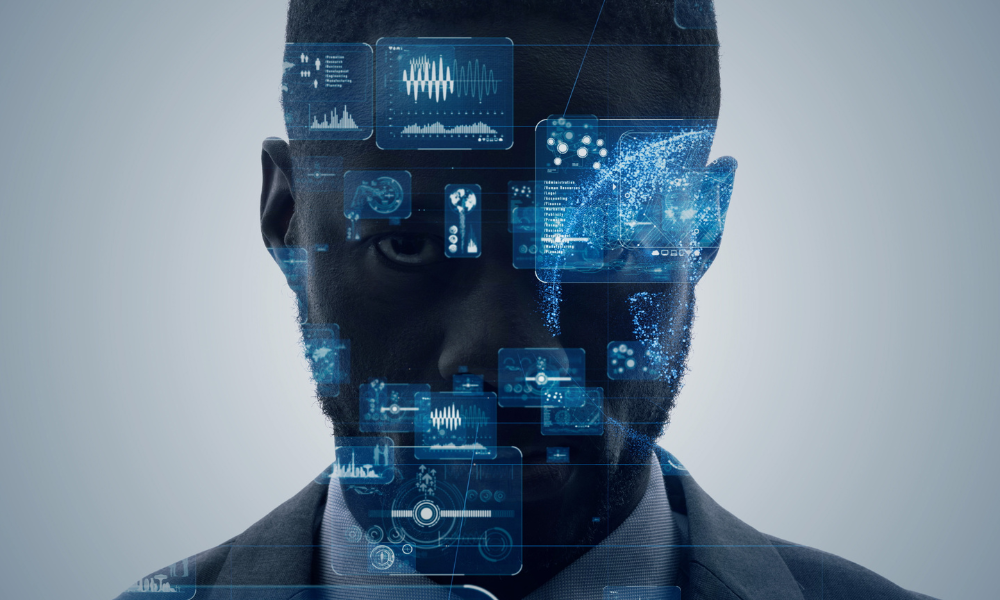AI 101: Demystifying Artificial Intelligence, Machine Learning, and Deep Learning
Artificial intelligence (AI) has emerged as one of the most disruptive forces in the modern world. From self-driving cars and chatbots to advanced medical diagnostics, AI technologies are revolutionizing how we live and work. However, the terms Artificial Intelligence, Machine Learning (ML), and Deep Learning (DL) are often used interchangeably, even though they represent different layers of technological advancement.
This article will break down these terms, explain their differences, and show how they interconnect to power the intelligent systems of the future.
- What is Artificial Intelligence (AI)?
Artificial intelligence is a branch of computer science that aims to create systems capable of performing tasks that normally require human intelligence — such as reasoning, problem-solving, perception, and learning.
AI systems simulate human thought processes using data and algorithms to make decisions, analyze trends, or recognize patterns.
Common AI Applications:
- Smart assistants (Siri, Alexa, Google Assistant)
- Chatbots and customer support systems
- Recommendation engines (Netflix, Amazon)
- Autonomous drones and vehicles
AI can be divided into:
- Narrow AI: Focused on specific tasks (e.g., facial recognition, voice commands).
- General AI: Theoretical AI that can perform any intellectual task a human can — still under research.
- What is Machine Learning (ML)?
Machine Learning is a subset of Artificial intelligence that enables systems to learn from data without being explicitly programmed. ML algorithms identify patterns, make predictions, and improve their performance as they are exposed to more data.
For example, a machine learning model can learn to detect spam emails by analyzing thousands of examples labeled as spam or not spam.
Types of Machine Learning:
Type | Description | Example |
Supervised Learning | Learns from labeled datasets with known outputs. | Email spam detection |
Unsupervised Learning | Finds hidden patterns in unlabeled data. | Customer segmentation |
Reinforcement Learning | Learns through trial and error, using feedback (rewards/punishments). | Self-driving car decision-making |
Machine Learning is behind innovations like recommendation systems, predictive analytics, and fraud detection.
- What is Deep Learning (DL)?
Deep Learning is a specialized form of Machine Learning that uses artificial neural networks — algorithms modeled after the human brain. These networks consist of multiple layers that process information in increasingly complex ways, making Deep Learning particularly effective for handling large amounts of unstructured data such as images, audio, and text.
Examples of Deep Learning in Action:
- Voice recognition (Alexa, Google Assistant)
- Facial recognition systems
- Autonomous driving technology
- Medical imaging and diagnostics
Comparison Table:
Feature | Artificial Intelligence | Machine Learning | Deep Learning |
Definition | Systems that mimic human intelligence | Systems that learn from data | Neural networks that learn from complex data |
Scope | Broad | Narrower subset of AI | Subset of ML |
Human Intervention | High | Moderate | Low |
Data Requirement | Low to moderate | Moderate | Very high |
Example | Chatbots | Spam detection | Image recognition |
- How AI, ML, and DL Work Together
AI, ML, and DL are interconnected, forming a hierarchy:
- AI is the overall concept — machines mimicking human intelligence.
- ML is the method — allowing AI to learn from data.
- DL is the advanced technique — enabling machines to learn automatically through layered neural networks.
Together, they form the backbone of modern technology, powering applications like ChatGPT, self-driving cars, and smart city infrastructure.
- Real-World Applications Across Industries
The integration of AI, ML, and DL is reshaping industries worldwide:
- Healthcare: Disease diagnosis, medical imaging, and personalized treatment.
- Finance: Fraud detection, credit scoring, and algorithmic trading.
- Retail: Product recommendations, demand forecasting, and customer analytics.
- Education: Adaptive learning systems and automated grading.
- Manufacturing: Predictive maintenance and robotics automation.
- Marketing: Consumer behavior analysis and targeted advertising.
- Challenges and Ethical Considerations
While Artificial Intelligence presents vast opportunities, it also introduces challenges:
- Bias and fairness: Models can reflect existing societal biases in their training data.
- Privacy: Massive data collection raises serious privacy concerns.
- Transparency: Understanding how AI makes decisions (AI explainability) is critical.
- Job displacement: Automation may affect traditional roles but also create new ones.
Addressing these issues responsibly ensures that AI contributes positively to society.
- Conclusion
Artificial Intelligence, Machine Learning, and Deep Learning are reshaping the modern world — driving progress in every field imaginable. While AI provides the vision of intelligent machines, ML gives them the ability to learn, and DL makes them smarter with complex problem-solving capabilities.


